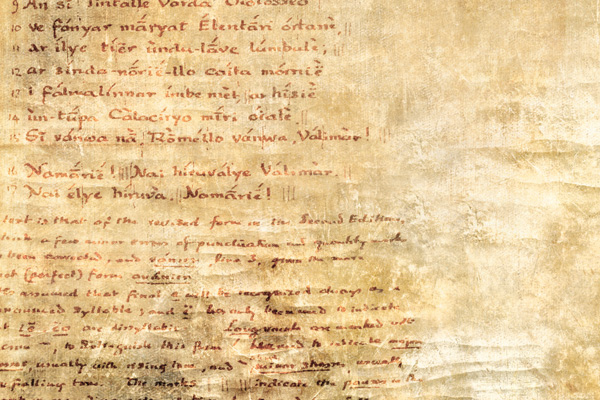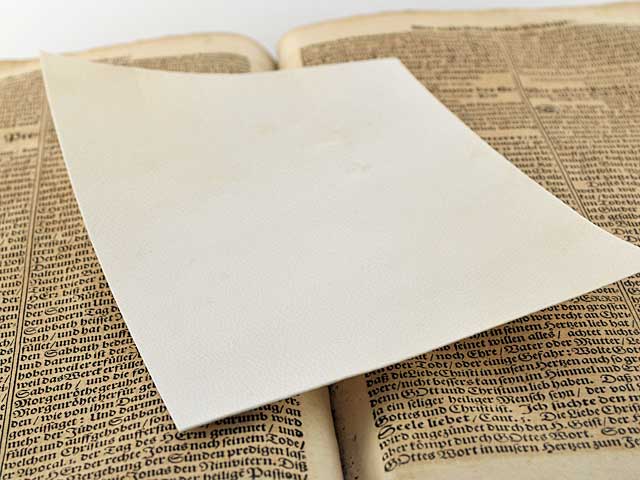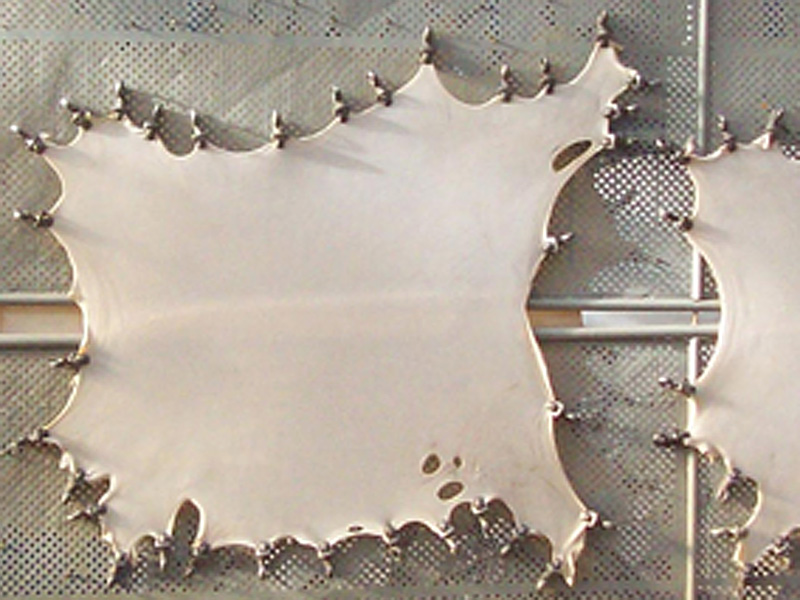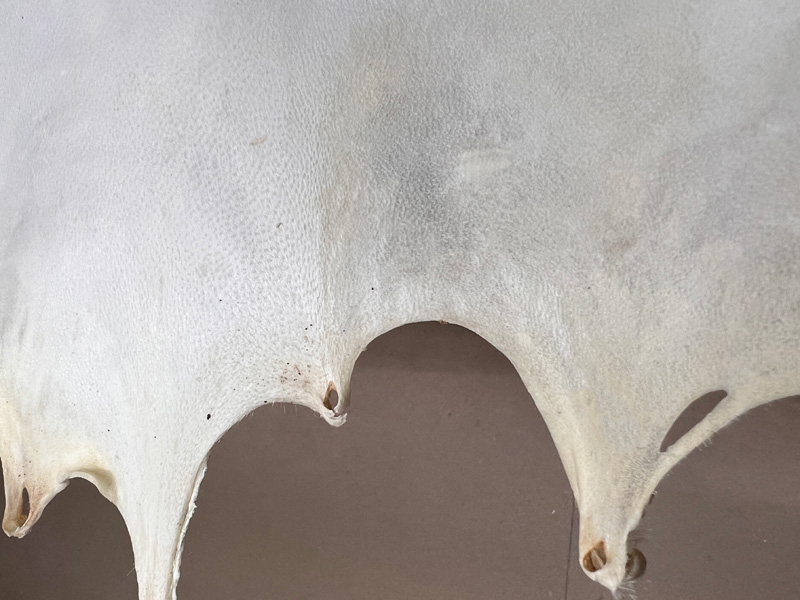Parchment
Parchment sheet - parchment paper
Parchment, the tried and tested material used since ancient times, is the perfect illustrative material for history teachers and history enthusiasts.
Our parchment is made from real animal skin and is ground smooth on one side to ensure a perfect writing surface.
Each piece of vellum is produced using a traditional manufacturing process in small craft workshops, guaranteeing a natural quality worthy of any historical document.
The genuine parchment is fully usable and offers an authentic way to immerse yourself in the world of ancient writings and manuscripts.
Get the parchment now and experience history first hand.
Experience parchment: Between haptics and history
Immerse yourself in the fascinating world of parchment, a testimony to human cultural history that dates back to antiquity.
Parchment, once the favoured medium for recording important knowledge and cultural achievements, played a crucial role in the development of written cultures around the globe.
Its unique nature and longevity made it the centrepiece of historical documentation, from valuable manuscripts to important treaties.
Today, parchment is experiencing a renaissance, not only as an artistic medium in restoration and design, but also as an instructive element in educational institutions, where it helps to keep the connection to the past alive and raise historical awareness.
History you can touch: Discover parchment
Unlike paper or papyrus, parchment is characterised by its particular durability and texture, which makes it a preferred material for replicas of historical documents.
These properties allow the depth and authenticity of classical civilisations to be experienced and provide an unparalleled tactile experience that conveys modern interpretations of ancient knowledge and art.
Discover unique products in our "Parchment" category that are not only invaluable for collectors, but also serve as a bridge between past and present in schools and museums.
Be inspired by the beauty and versatility of parchment and experience how history comes to life through our carefully selected pieces.
Parchment: A window into the cultures of antiquity
Collectors will find the authentic replicas a treasure that transports the aesthetics and history of past times into the present day.
These pieces are an excellent eye-catcher in any collection and also serve as an educational element.
For educational institutions, our parchment products offer a hands-on experience that not only teaches students how to write ancient scripts, but also immerses them in the culture and techniques of the past.
Creatives can let their imagination run wild with our high-quality blank vellum. Whether for traditional calligraphy or modern art projects, the vellum offers a unique surface that makes every work special.
Museums benefit from our exhibits, which make it possible to present history in an authentic and tangible way, awakening visitors' interest and understanding of historical eras.
Parchment
In the advanced civilisations of the ancient Orient and the Mediterranean region, animal leather has always been used as a writing material.Like leather, parchment is also made from animal skins, but these are placed untanned in a lime solution before hair, epidermis and adhering flesh residues are scraped off. The skin is then cleaned, stretched and dried. The surface is smoothed with pumice stone and whitened with chalk.
Depending on how carefully the skin is treated, the surface structure of the flesh and hair side is preserved to a greater or lesser extent: the flesh side is smooth, the hair side shows the pores.
Durable writing material
The advantages of parchment over papyrus were its smoother surface, strength and durability as well as its predominantly light colour.The good amortisation of the inscription made it easier to reuse parchment that had already been written on. In this case, one speaks of a palimpsest (Greek palimpsestos "scratched off again") or a codex rescriptus (Latin "rewritten codex").
The quality of the parchment and the care taken in its production were the yardstick for the standard of a so-called scriptorium.
The expertise of the scribes or painters was demonstrated in handling the extremely moisture-sensitive writing material. The ancient writing material parchment should be stored at a constant humidity of no less than 40 per cent and at temperatures of around 20 degrees Celsius.
Old parchment
However, the oldest originals date back to the 2nd century AD. From the 4th century AD, papyrus scrolls on parchment began to be transcribed into codices. The future was to belong to these as a book form. Further evidence of late antique book luxury are purple manuscripts, whose parchment pages were coloured with purple and written on with silver or gold ink.The marriage certificate of Empress Theophanu from the 10th century is considered a particularly valuable document on so-called purple parchment.
The robust parchment is perfect for binding books in. Not only does it look original, the material can also be designed with all kinds of colour materials! Watercolours, acrylics or simply felt-tip pens! Design your antique treasures to your own taste!
Parchment history
The name parchment is derived from the place name Pergamon, which is located on the west coast of Turkey, today Bergama. Membrana pergamena (Greek) means "Pergamenian skins".According to a note by the older Pliny, King Ptolemy (180-145 BC), who ruled Egypt, had banned the export of papyrus to Pergamon, where King Eumenes II (197-159 BC) ran a library that rivalled that of Alexandria in Egypt.
Out of necessity, the Pergamenes - so the legend goes - invented parchment. The story is still considered legendary. However, it is assumed, somewhat more realistically, that only a qualitative improvement of the writing material was developed in Pergamon. This is probably where the name comes from.
Ordering & shipping
How fast is the shiping ?
Can I also order on account?
Returns
Do we supply to traders and museums?
Schools and authorities in DE can conveniently order on account. Private customers are welcome to use Ratepay purchase on account (Paypal service)
Safe and easy ordering within Germany from 75 €
Always new ideas and optimised products through our years of experience and intensive cooperation with schools and museums.



